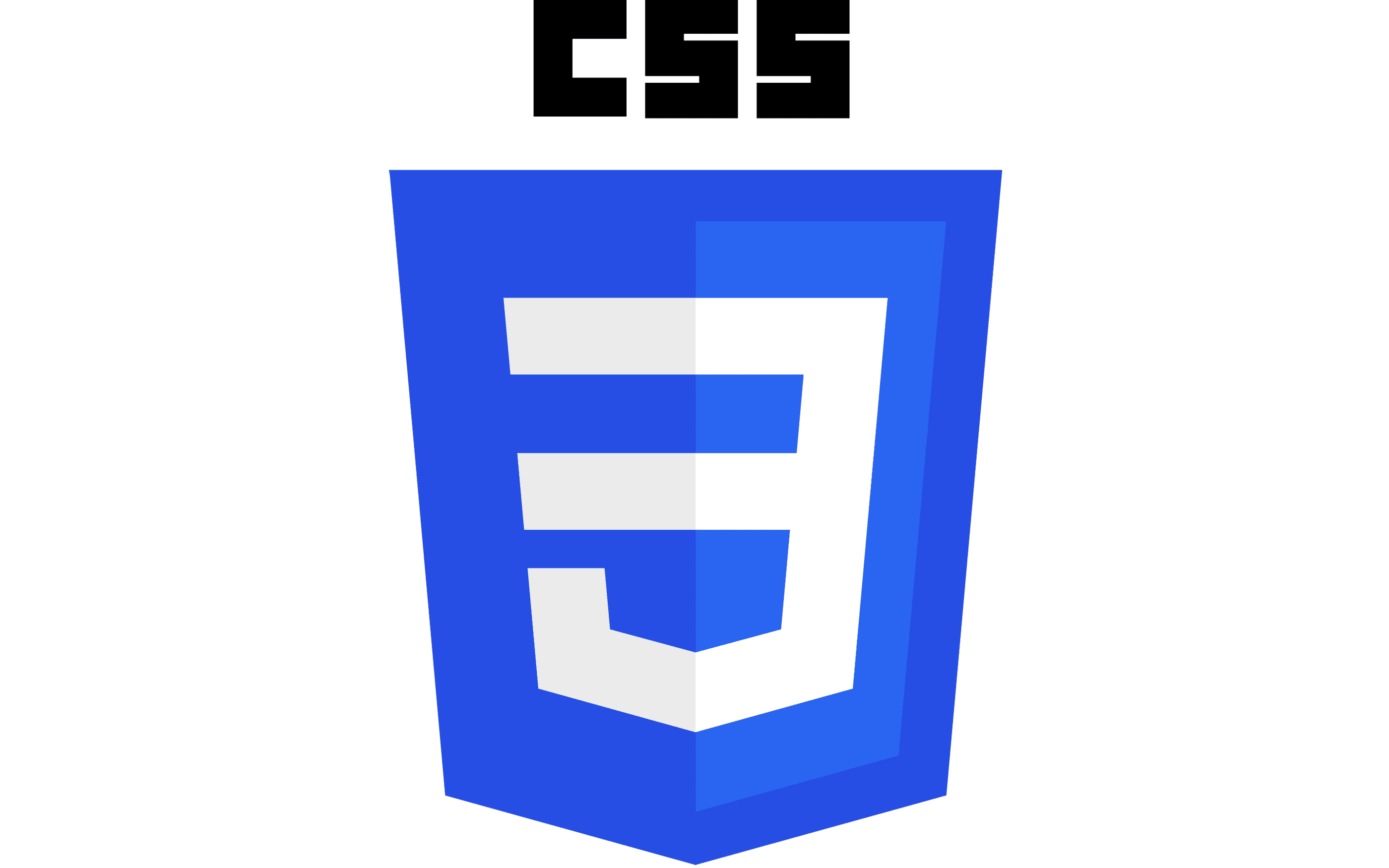What is CSS?

Hire Arrive
Technology
about 1 year ago
 CSS, or Cascading Style Sheets, is a fundamental technology used alongside HTML and JavaScript to create visually appealing and interactive websites. While HTML provides the structure and content of a webpage (the "what"), and JavaScript adds interactivity (the "how"), CSS is responsible for the presentation and styling (the "look"). It dictates how elements on a page are displayed, controlling aspects like colors, fonts, layout, responsiveness, and animations.
CSS, or Cascading Style Sheets, is a fundamental technology used alongside HTML and JavaScript to create visually appealing and interactive websites. While HTML provides the structure and content of a webpage (the "what"), and JavaScript adds interactivity (the "how"), CSS is responsible for the presentation and styling (the "look"). It dictates how elements on a page are displayed, controlling aspects like colors, fonts, layout, responsiveness, and animations.
Think of HTML as the skeleton of a webpage, JavaScript as the muscles and nerves, and CSS as the skin, clothing, and makeup. Without CSS, webpages would be plain, unformatted text, making them difficult to read and unengaging for users.
Key Roles of CSS:
* Styling HTML elements: CSS allows you to target specific HTML elements (like headings, paragraphs, or images) and apply styles to them. This includes changing their: * Colors: Background and text colors. * Fonts: Font family, size, weight, and style. * Spacing: Margins, padding, and line height. * Layout: Positioning, floating, and grid or flexbox arrangements. * Dimensions: Width, height, and borders.
* Creating responsive designs: CSS enables websites to adapt to different screen sizes (desktops, tablets, and mobile phones) ensuring a consistent user experience across devices. Media queries are a crucial part of this, allowing you to apply different styles based on screen size, orientation, and other factors.
* Adding visual effects: CSS can be used to create various visual effects, such as animations, transitions, and transformations, enhancing user engagement and creating a more dynamic website. This often involves using CSS properties like `transform`, `transition`, and `animation`.
* Improving accessibility: CSS plays a significant role in making websites accessible to users with disabilities. For example, it can be used to improve contrast for visually impaired users, provide alternative text for images, and ensure proper keyboard navigation.
How CSS Works:
CSS code is written in a simple syntax using selectors and properties. Selectors target specific HTML elements, and properties define the styles to be applied. There are three main ways to include CSS in a webpage:
* Inline styles: Styles are written directly within HTML elements using the `style` attribute. This is generally discouraged for larger projects due to its lack of organization and maintainability.
* Internal stylesheets: Styles are placed within the `